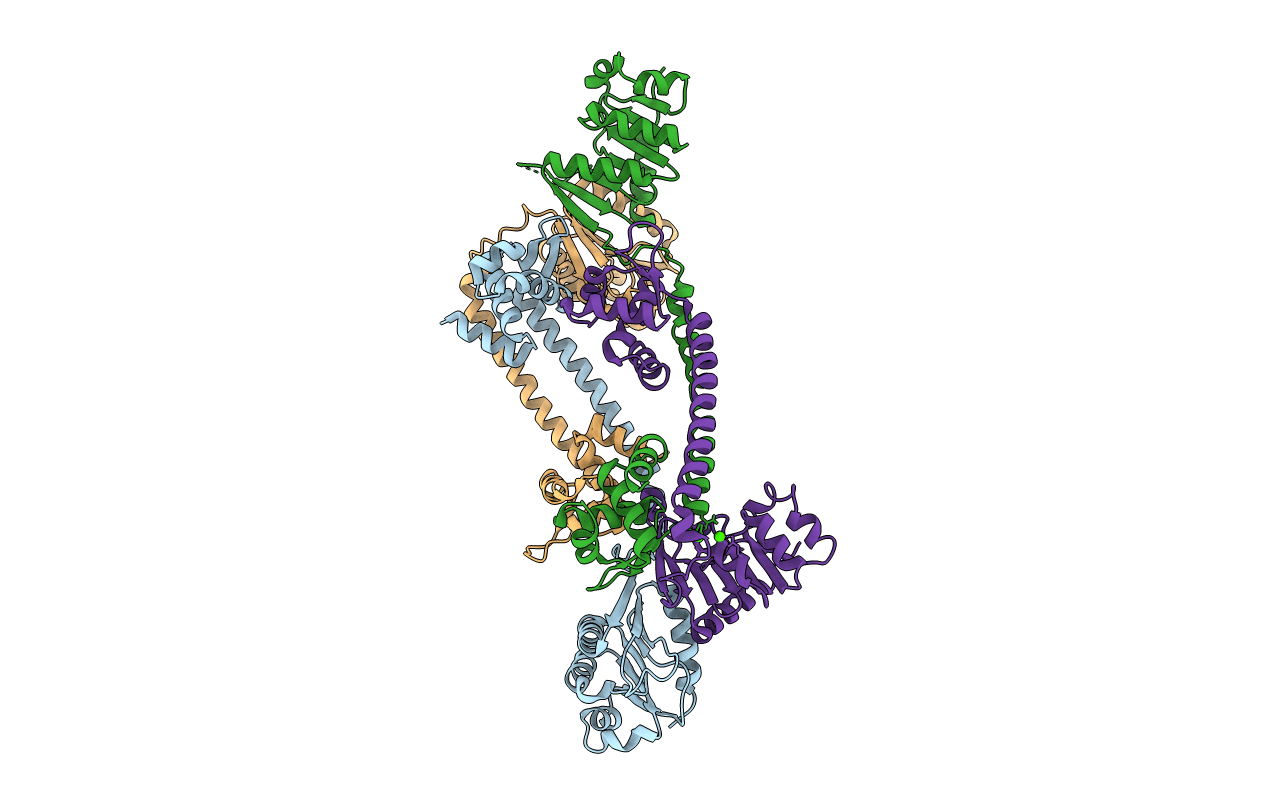
Deposition Date
2015-05-29
Release Date
2015-09-02
Last Version Date
2024-01-10
Entry Detail
PDB ID:
5BQT
Keywords:
Title:
Structure of TrmBL2, an archaeal chromatin protein, shows a novel mode of DNA binding.
Biological Source:
Source Organism:
Pyrococcus furiosus (Taxon ID: 2261)
Method Details:
Experimental Method:
Resolution:
3.00 Å
R-Value Free:
0.28
R-Value Work:
0.23
R-Value Observed:
0.23
Space Group:
P 21 21 2


